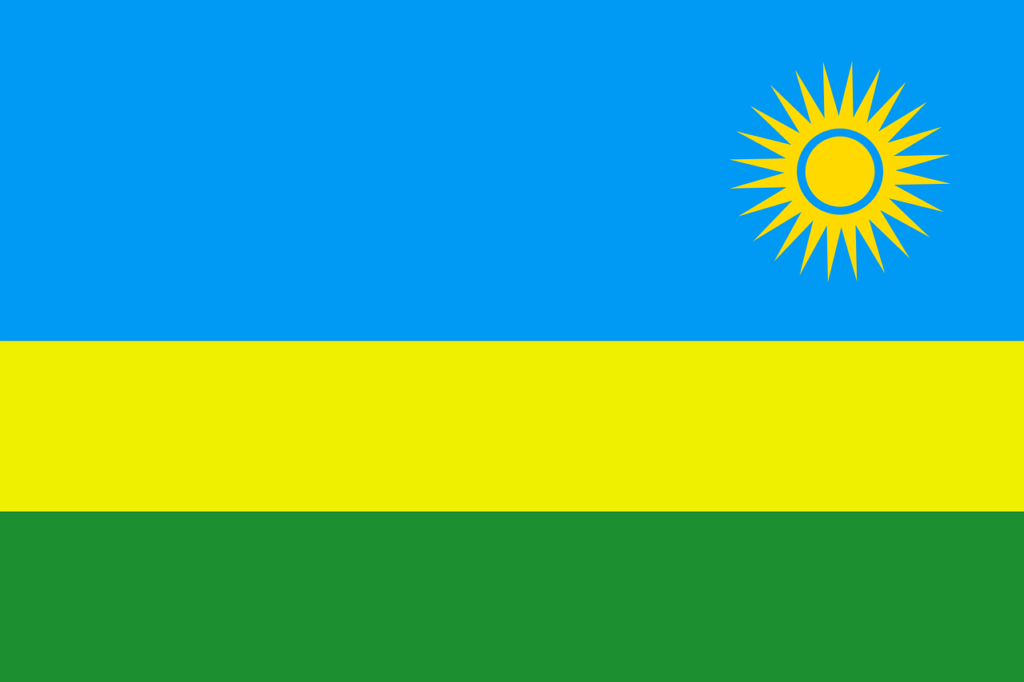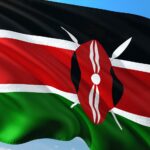Rwanda has had four official presidents since it became a republic in 1961. The president is the head of state and government, and they are elected every seven years by the people and choose the prime minister and other cabinet members.
The current president is Paul Kagame, who became president on April 22, 2000, after serving as acting president for a month.
Originally, Rwanda had a two-term limit for presidents. However, a 2015 referendum changed the constitution, allowing Kagame to serve a third term and potentially two more five-year terms after that.
READ ALSO: List Of Kenyan Presidents Since Independence
List Of Rwanda Presidents Since Independence
No | Name | Tenure | Political Party |
|---|---|---|---|
1 | Dominique Mbonyumutwa | 28 January 1961 – 26 October 1961 (Interim) | Parmehutu |
2 | Grégoire Kayibanda | 26 October 1961 – 1 July 1962 | Parmehutu |
1 July 1962 – 5 July 1973 (deposed) | Parmehutu |
||
3 | Juvénal Habyarimana | 5 July 1973 – 6 April 1994 (assassinated) | MRND / Military |
4 | Théodore Sindikubwabo | 8 April 1994 – 19 July 1994 (ousted) | MRND |
5 | Pasteur Bizimungu | 19 July 1994 – 23 March 2000 (resigned) | RPF |
6 | Paul Kagame | 24 March 2000 – Present | RPF |
Who Was The First President Of Rwanda?
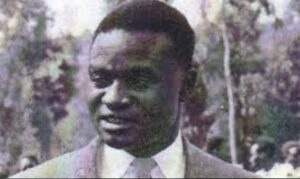
The first president of Rwanda was Dominique Mbonyumutwa, who served as the interim president from January 28, 1961, to October 26, 1961. His presidency was when Rwanda was transitioning from a monarchy to a republic.
Mbonyumutwa’s leadership came after the Rwandan Revolution of 1959, which led to the end of the Tutsi monarchy and the rise of the Hutu majority.
The revolution caused a lot of violence, and many Tutsis fled the country. Born in January 1921, Mbonyumutwa grew up in Rwanda and received his education in local schools.
He worked as a teacher in different regions of Rwanda between 1941 and 1946. In the late 1950s, he joined the Parmehutu party, which promoted the rights of the Hutu people.
As Rwanda was moving toward independence from Belgium, elections were held in 1960. These elections gave Hutu candidates, like Mbonyumutwa, a chance to take control of the government.
After the country abolished its monarchy, Rwanda declared itself a republic, and Mbonyumutwa became the interim president.
His presidency was short, lasting only about nine months. During this time, he established a new political system based on Hutu leadership. He faced many challenges, including dealing with ongoing ethnic tensions between the Hutus and the Tutsis.
On October 26, 1961, Mbonyumutwa left office, and Grégoire Kayibanda became the first elected president of independent Rwanda after the elections held that year.
After stepping down, Mbonyumutwa continued to be involved in politics but did not hold any major government positions till he passed away on July 26, 1986.
READ ALSO: Complete List Of Presidents Of Angola Since Independence
Who Was The President Of Rwanda In 1994?
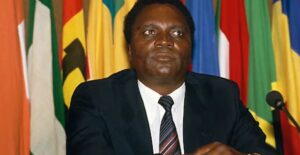
In 1994, the president of Rwanda was Juvénal Habyarimana. He had been in power since July 5, 1973, after taking control of the country in a military coup.
Habyarimana overthrew the then-president, Grégoire Kayibanda, and set up a one-party government under the National Revolutionary Movement for Development (MRND).
During his presidency, ethnic divisions between the Hutu majority and the Tutsi minority deepened. Habyarimana’s time in office faced growing challenges, especially from the Rwandan Patriotic Front (RPF), which was mainly made up of Tutsi refugees.
In 1990, the RPF began an armed rebellion against Habyarimana’s government, starting a civil war. The fighting caused notable harm, and many people were displaced.
As international pressure mounted, Habyarimana signed the Arusha Accords in 1993, which brought peace by creating a power-sharing government between his government and the RPF.
However, peace was not meant to be. On April 6, 1994, Habyarimana’s plane was shot down near Kigali, Rwanda’s capital, killing him and the president of Burundi, Cyprien Ntaryamira.
The cause of the crash is still debated. Some blame the RPF, while others point to extremist Hutu groups within Habyarimana’s government.
The crash of his plane sparked a horrific event: the Rwandan genocide. Extremist Hutu militias began killing Tutsi civilians and moderate Hutus in a systematic campaign of mass murder.
This violence lasted for about 100 days and led to the deaths of an estimated 800,000 people. The genocide ended when the RPF took control of Kigali in July 1994.
After the collapse of Habyarimana’s government, a new government was set up by the RPF. While Pasteur Bizimungu became the president, real power was held by Paul Kagame, the leader of the RPF, who became the vice president and minister of defense.
READ ALSO: List Of Mauritania Presidents From 1960 Till Date
Who Is The Current President Of Rwanda?
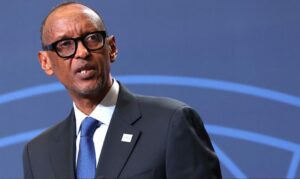
The current president of Rwanda is Paul Kagame, and he has been in power since March 24, 2000. Kagame was recently sworn in for his fourth term on August 11, 2024, after winning the presidential election held on July 15, 2024.
In this election, he received an overwhelming 99% of the votes. However, this election has faced criticism for being unfair because many opposition candidates were not allowed to run.
Some people say the election was manipulated, and there are concerns that Kagame’s leadership is becoming more authoritarian.
Kagame was born on October 23, 1957, in Tambwe, Rwanda. When he was young, his family fled to Uganda to escape the violence happening in Rwanda.
He later joined the Ugandan military and he was instrumental in overthrowing Uganda’s dictator, Milton Obote, in 1986.
In 1990, he became a leader of the Rwandan Patriotic Front (RPF), a group that invaded Rwanda to stop the horrible Tutsi genocide that took place in 1994.
The RPF, under Kagame’s leadership, managed to end the genocide, which had resulted in the deaths of around 800,000 people.
During his presidency, Kagame improved Rwanda’s economy and promoted national unity. His government also improved infrastructure, healthcare, and education.
Rwanda has seen a good amount of economic growth in recent years, with the economy growing by an average of 7.2% between 2012 and 2022.
Kagame’s administration has also promoted women’s rights and access to technology, making Rwanda one of the more modern countries in Africa.
That said, Kagame’s government has faced accusations of human rights violations. Critics say that his government suppresses political opposition and uses fear to maintain control.
Many people believe that Rwanda’s recent elections were unfair, with very few candidates allowed to run against Kagame.
Internationally Kagame has maintained relationships with many countries, although he has sometimes criticized the West.
He has also been involved in regional conflicts, particularly in the Democratic Republic of Congo, where Rwanda has been accused of supporting rebel groups.

